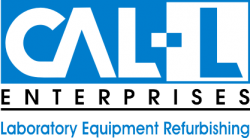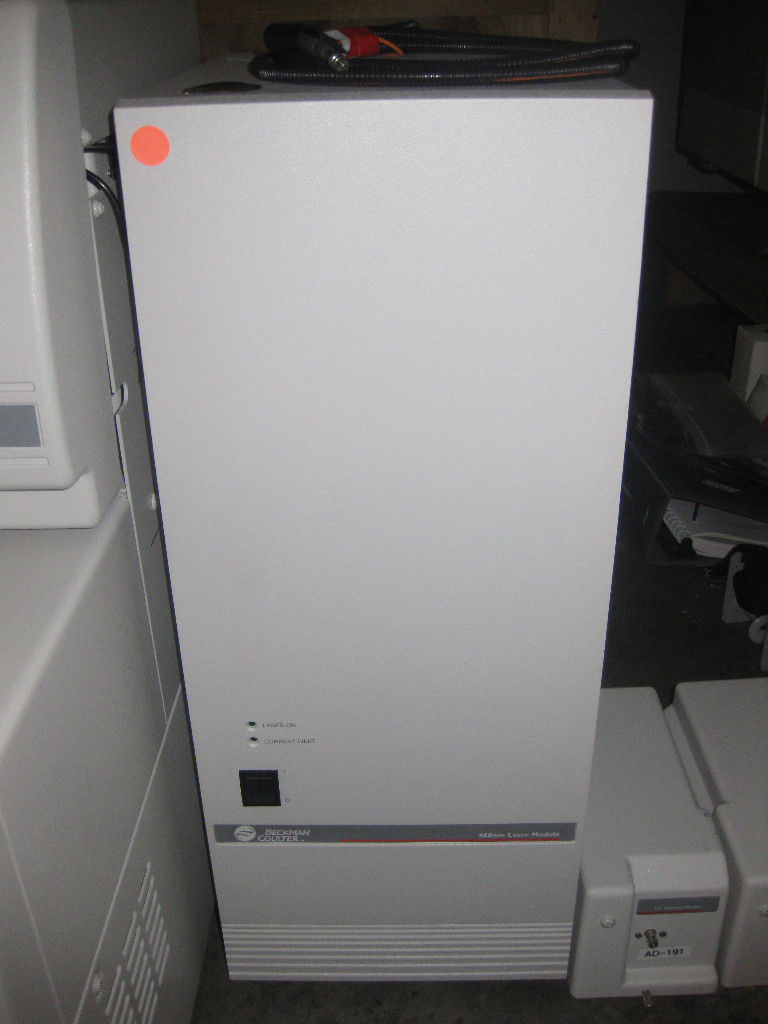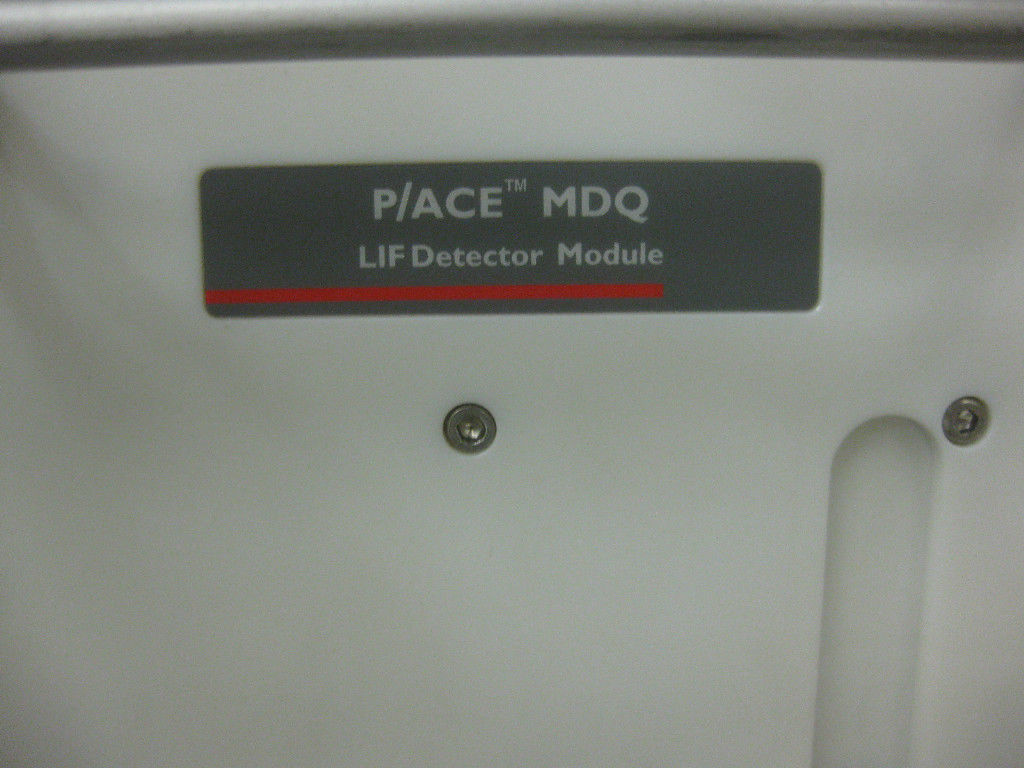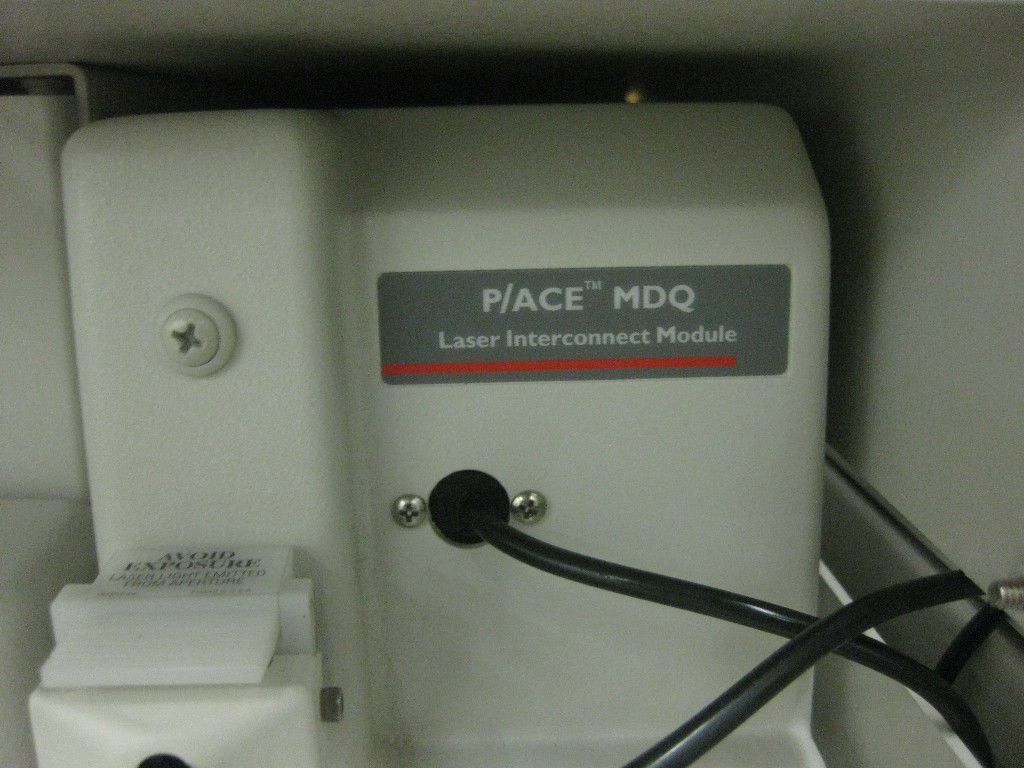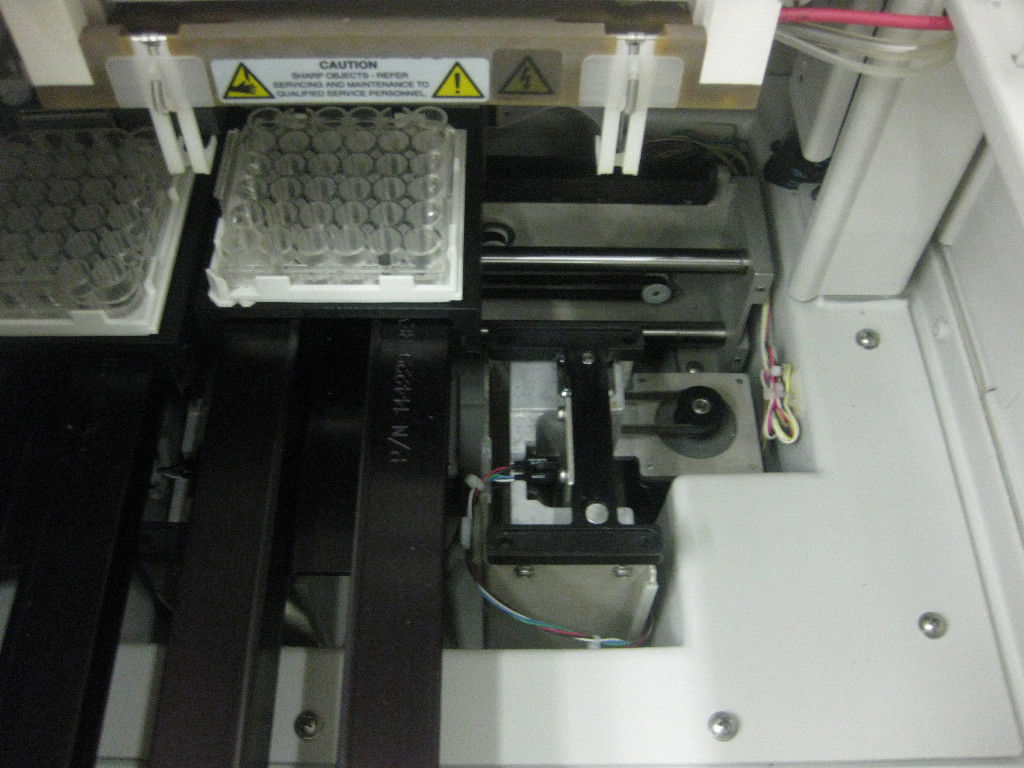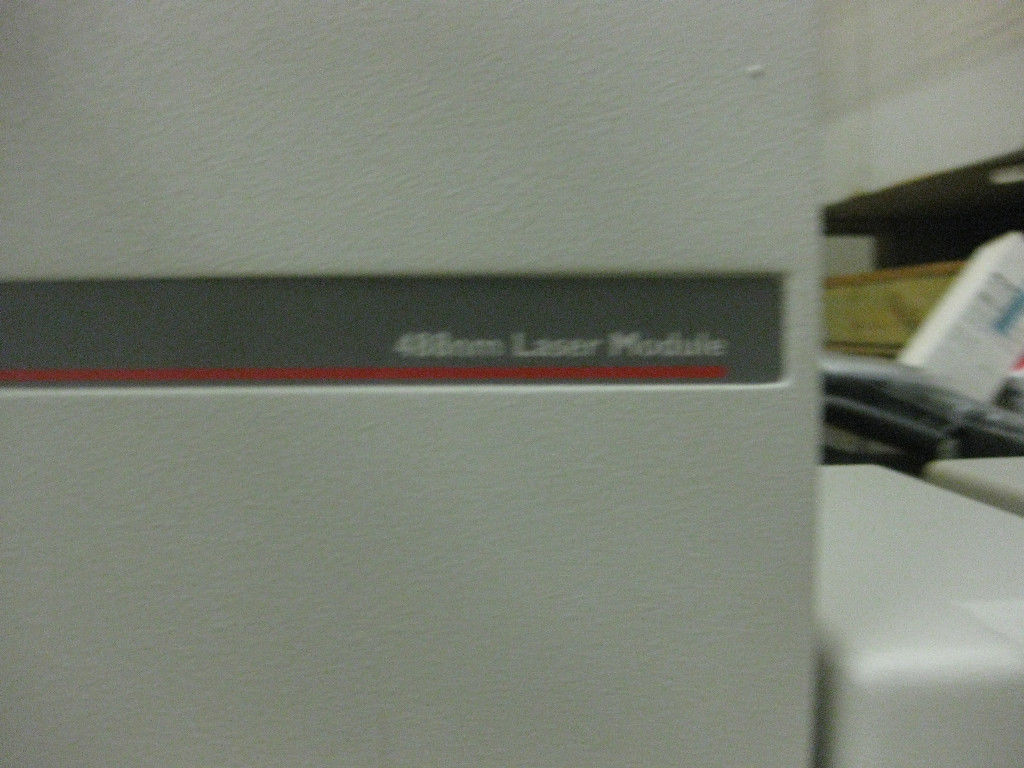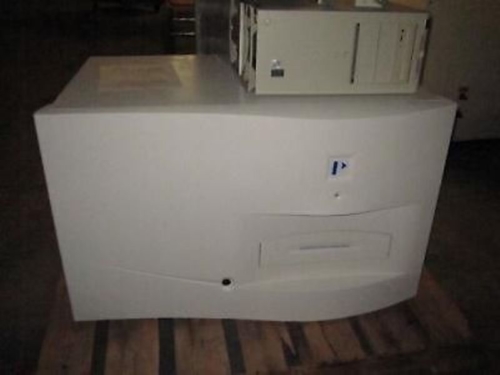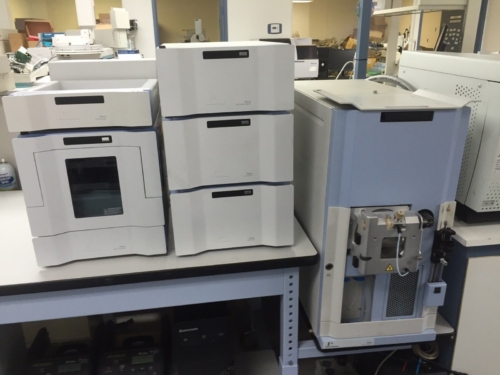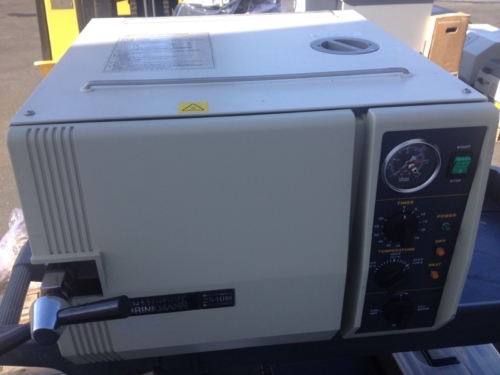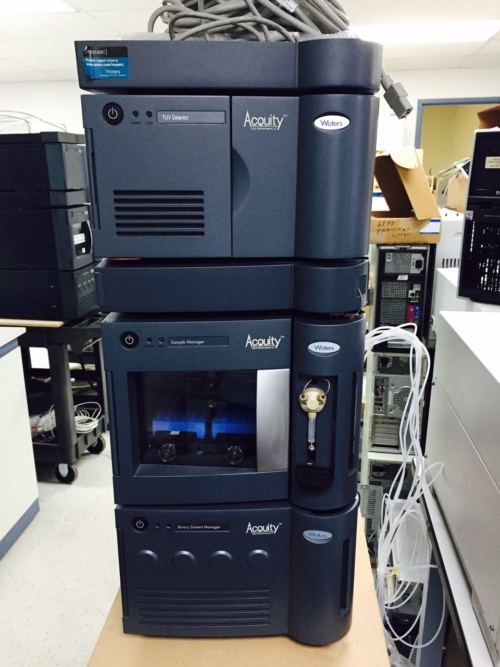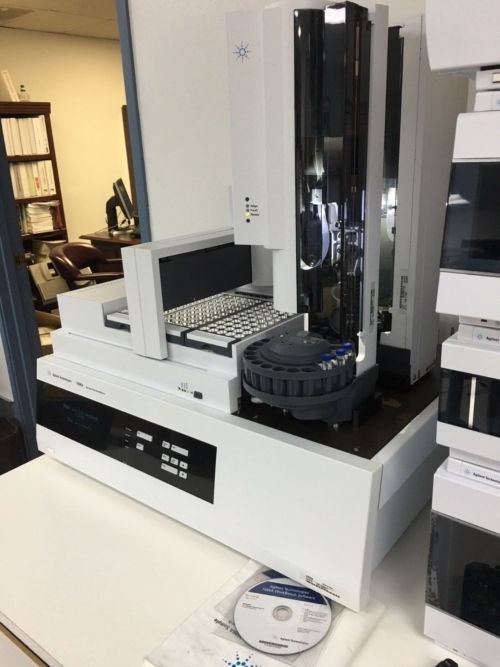Description
Beckman Coulter P/ACE MDQ Glyproprotein System With LIF CE-based system for the separation and characterization of proteins and associated carbohydrates. The system is ideal for peptide mapping, separation of proteins by molecular weight, accurate isoelectric point (pI) determination, oligosaccharide profiling and monosaccharide analysis. System includes a P/ACE MDQ configured with a selectable wavelength UV/Vis (200, 214, 254 and 280 nm included) detector, UV source optics, laser-induced fluorescence detector, 488 nm argon ion laser module, a temperature-controlled sample storage module, and 32 Karat™ Software configured on an IBM personal computer. Installation Qualification, Operation Qualification 1 (OQ1) and documentation to aid in software validation is also included. Product Features * Oligosaccharide Profiling The distribution of glycans released from a glycoprotein yields a fingerprint used in product identification and in monitoring production processes. CE-LIF provides rapid analysis of released glycans, with separation times typically less than 15 minutes. Extraordinary resolution is achieved, including some positional isomers. Laser-induced fluorescence provides high sensitivity, enabling you to simply “dilute and shoot” samples with complex matrices * Identity by Immunoassay Immunoassays are commonly used in biotechnology for the detection and quantification of host cell contaminants. The CE-LIF format eliminates antigen immobilization and avoids many solid phase-associated problems. Since laser-induced fluorescence detection is used, nonlabeled proteins and peptides that do not interact with the complex are not detected, giving clean baselines and easily interpreted electropherograms * Glycoform Analysis The solution-based approach of CE allows one to easily create an environment to assess differences in a protein’s glycosylation state–directly from the protein–through the addition of salts like borate, one can form complexes which amplify the charge state of the glycovariants. This is the simplest approach to assessing the heterogeneity of a glycoprotein* Isoelectric Focusing Identity can be partially established with the determination of a protein’s isoelectric point, while heterogeneity can be assessed with quantitation of the different variants separated. Capillary isoelectric focusing (CIEF) offers the advantage of analysis speed, automation, and most important, direct quantification with on-line UV detection * Monosaccharide Analysis The analysis of monosaccharide composition can provide valuable information during the initial characterization of a glycoprotein. A clear advantage of our CE-based approach is in the specificity of the assay. The reductive amination and open-tube format allow this analysis to be performed directly from the glycoprotein hydrolysate–no need for posthydrolysis cleanup. With LIF and APTS derivatization, each sugar yields the same detector response, such that their relative quantities can be directly compared * Solutions for the Analysis of Macromolecules This CD-ROM tutorial provides seminars on the development of solution-based assays for nucleic acid, protein and carbohydrate analyses. Animation describing these analytical processes is shown, along with practical demonstrations on the implementation of these assays. Our focus is to provide you with tools that improve productivity by cutting through the complexity with simple, bold analytical solutions Thank you for looking at our items. You are always welcome to come by and inspect the item(s) before you bid. If you are local, we would always prefer you to come and pick up your won items. We are located at CAL-L ENTERPRISES 9751 Independence Ave, Chatsworth, CA 91311 TEL: 323-394-7124 FAX: 818-668-5064 EMAIL: cal-l at att dot net WEBSITE: cal-l dot net HOURS: Monday – Friday 9:00am – 5:00pm We are more than happy to meet with you, just give us a call to set up a time. Shipping costs ARE AN ESTIMATE ONLY!!
